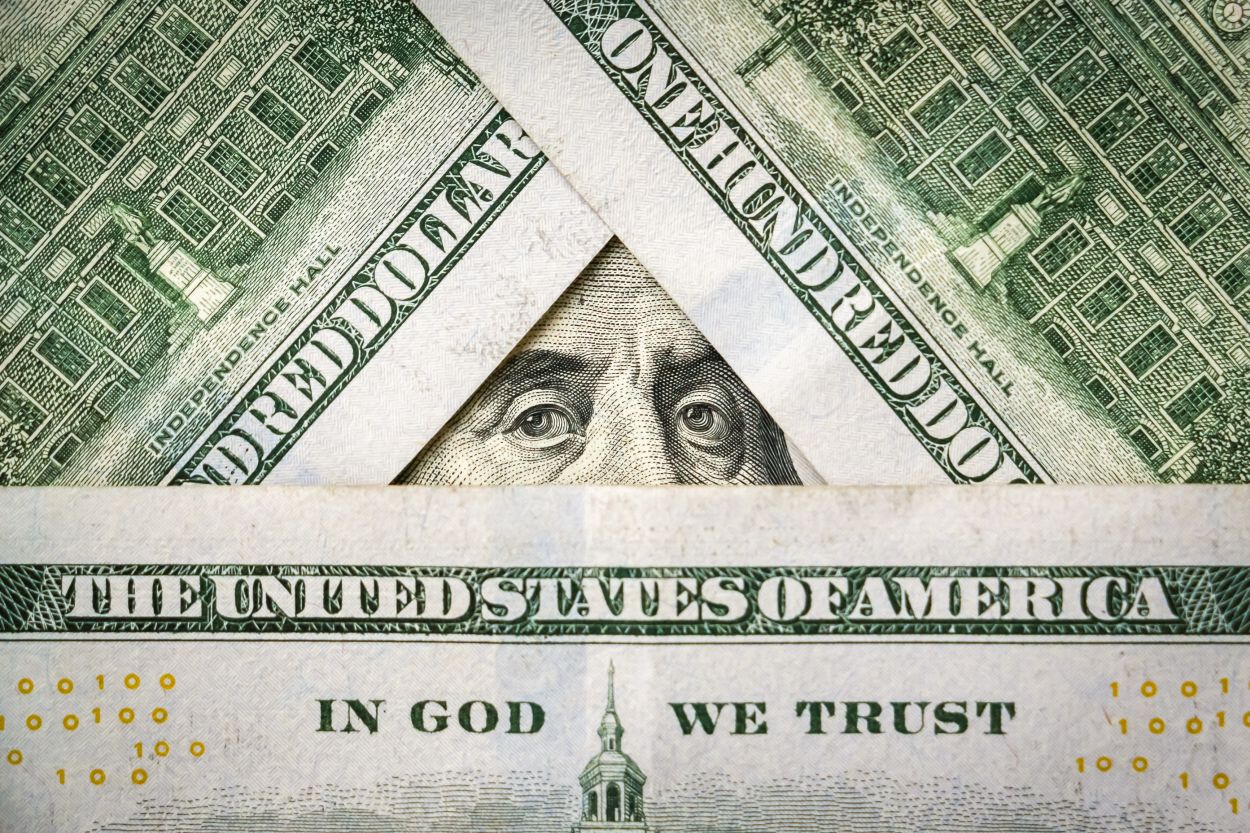Thursday’s ECB rate decision appears to be on the horizon. This will also tell you that there are a lot of positive results at the end of the year, don’t dismiss anything. As a result, initial rate volatility is greater, especially with the explosion of swap spreads and collateral shortages
ECB plummeting, but enough to force a 50 basis point increase?
While the period of silence before the ECB meeting is in full force, it appears that the doves have made a concerted, last-minute effort toward a gradual approach to political normalization. book. Fabio Centeno, Yannis Stournaras, and to a lesser extent Martins Kazaks and Edward Scicluna, appear to be fending off the wave of hawkish comments that have colored ECB media in recent weeks. At first glance, disagreement may seem insurmountable, but they point out that whatever policy decisions are made tomorrow, a 75 basis point increase is not yet in place.
The 75bp increase has yet to materialize
The main takeaway from our four pigeons (at least for the purposes of these comments) is that they highlighted the political compromise between fighting inflation growth and protection, something hawks, and central banks like the Fed, have struggled to get rid of. Ultimately, the ECB’s forward guidance, as it has not given up on boosting market expectations despite what it says, should be seen by the market as salt in the water. In addition to the wide range of opinions today, a range of possible economic outcomes this winter will in turn convince markets that it is difficult to predict ECB policy even a few meetings. before.
Don’t rely on one particular ECB result and expect more volatility
Meaning is double. First, even non-consensus calls like ours for another 75bps increase this year are not viable if the economy deteriorates between this meeting and the next. On the other hand, a price increase of more than 150 basis points for this year, let alone the next, is certainly possible, especially if governments extend support measures for energy consumers. The second implication is that volatility in short-term interest rates is certainly more reasonable than for longer maturities, which are based primarily on much slower estimates of long-term equilibrium interest rates.
Short-term exchange rate volatility is certainly more justified than for longer maturities
On the issue of short-term volatility, the explosion of swap spreads is attracting more and more attention in the world. fixed income market. The 0% cap on government deposits at the ECB (or national central banks) means that some national treasuries have suspended repo operations, as they will soon receive interest. deposit rates are much lower than they pay for pensions. Likewise, we would expect national and local coffers to prefer to put their excess cash in short-term securities rather than gain nothing by putting it in their national central banks. . Both of these effects exacerbate the collateral shortage and widen the swap spread.
US 10yr continues towards 3.5D
The rise in US market interest rates and the pressure it exerts on the broader base rate continues. The US economy is clearly refusing to rise, as yesterday’s ISM index reminded us. The structure of the curve has changed from a bullish structure for bonds to a fairly neutral structure (position of 5 years on the curve). But he hasn’t quite switched to a purely bearish positioning. This further implies that the 10-year increase towards the peak reached at 3.5% in June is still in order, but not necessarily a sharp increase beyond that (so far).
The US economy clearly refuses to fold
2 years has been there (at 3.5%), and the market has 3.75% to
% as the last game for the Federal Reserve. The risk in the future is that the market decides to increase it even more. The fact that risk assets are weaker won’t worry the Fed here. The main thing is whether the system can handle it or not. Given that banks can print commercial paper as a spread on the risk-free rate, the system is still in good shape (as the spread is still exceptionally low). The rate hike environment has a lot of work to do and that also sets the tone as the ECB faces its own key decision on Thursday.
Today’s Events and Market Views
Bank of England Governor Bailey and others will appear before the Treasury Select Committee. It’s hard to imagine questions and answers not being explained much by the market before next week’s policy meeting.
Germany will add to its long-term supply this week with a €1.5 billion 15-year auction. This is the last scheduled euro sovereign bond sale of the week, so we expect better long-term trading after that.
The Euro awaits Thursday! Does the ECB (European Central Bank) have a chance to change its position?
